Cambodian Culture and its Glorious Tradition of Artistic Practice
The successor state to the mighty Khmer empire that ruled much of what is now Laos, Thailand and Vietnam, contemporary Cambodia is the land of people with an unbreakable spirit and infectious optimism, awe-inspiring temples and monuments and incredibly rich culture and history. This rich and varied history of Cambodian culture and tradition stretches back many centuries and has been heavily influenced by India and China. Yet, the people of Cambodia have developed a set of unique traditions and beliefs from the syncretism of Buddhism and Hinduism. Decades of conflict and brutality under the Khmer Rouge regime have left a deep mark on the once-vibrant cultural life of Cambodia, but since the 1990s, the country has slowly rebuilt its artistic spirit that was brought on by the rapidly changing society.
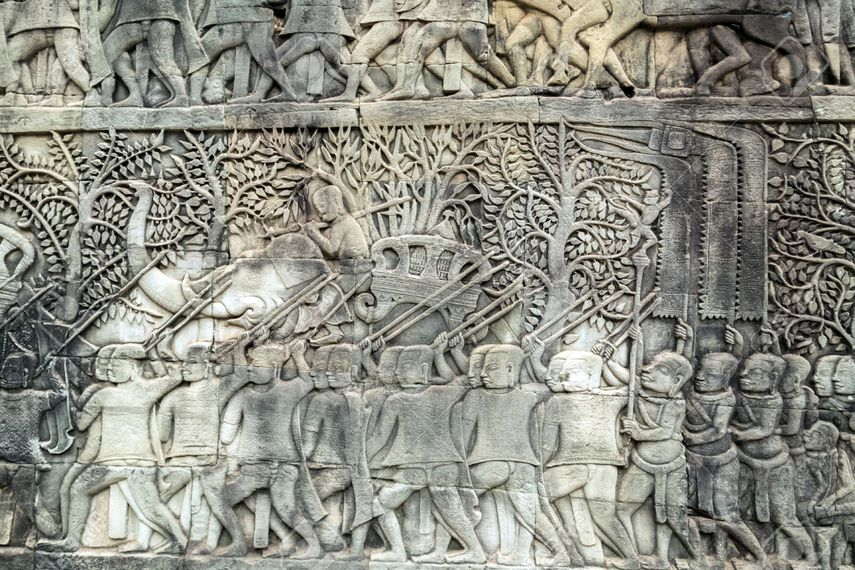
The Khmer Culture and Art
The history of Cambodian art and culture stretches back to ancient times, but the most famous and glorious period was undoubtedly during the Khmer empire. This golden age of Cambodia lasted between the 9th and 14th century, and achievements in the arts, architecture and other cultural elements of the time were unparalleled to the rest of Southeast Asia. The remains of this powerful and prosperous empire can be seen at the fabled temples and monuments of the city of Angkor of scale and grandeur unmatched in the rest of the region. The ultimate expression of Khmer genius is Angkor Wat, a vast temple complex with numerous shrines and courtyards representing the cosmic order in architectural sculpture. Angkor has eventually collapsed due to infighting between royalty and numerous conflicts with neighbors, but the effects of this rich culture and art tradition can still be seen today in contemporary Cambodia and many neighboring countries.
The most notable artistic heritage from this period is the stunning stone carving that adorns these temples and monuments now famous for their scale, richness and detail. Despite deriving their style from Indian sources, much of the carving is uniquely Khmer. These sculptures are images of gods, royal and imposing Buddhist presences with feminine sensuality characterized by the realistic style and high iconographic precision. These carvings have been described by the art critic Robert Hughes as ‘some of the greatest stone carving and bronze work in human history’ remarkable for its ‘scale, continuity, and sheer aesthetic majesty’. With very little of the eroticism of Indian sculpture, these works reflect tranquility, spirituality, and sereneness. The art of stone carving and sculpting has flourished in Cambodia for many thousands of years. As one of the country’s most cherished art forms, it has been a passion and livelihood for many Cambodian sculptors. Unfortunately, this art form has become rare in modern times, but there are some efforts to restore it following the necessity for reparations of Angkor. Khmer culture has also had a very developed pottery tradition, but the art of glazed ceramics has also faded into oblivion during the modern times.
Cambodia has a rich and long history of stone carving.
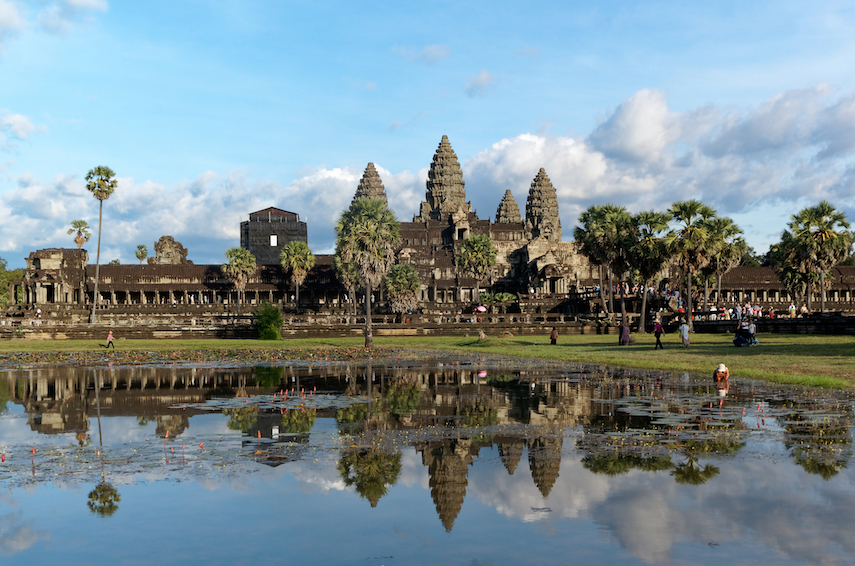
The Mural Painting in Cambodia
Anthropological and historical research in Cambodia usually focuses on the glorious Angkor period, and the post-Angkor period constitutes a vast gap in the Cambodian scholarship. After the fall of Angkor, there was a major cultural break in religious continuity. Recent research conducted by the scholar San Phal and his colleagues from the Reyum Institute presents a valuable survey into the Cambodian wat mural painting of the last century. Depicted in ancient and modern styles, these murals either present the traditional drawings that resemble carvings on Angkorian temples or Western-influenced works with perspective and naturalistic approaches. Common themed depicted in the Cambodian paintings include life stories of the historic Buddha and his previous lives, but there are also Ramayana paintings, depictions of heaven and hell and various other less important folklore stories. Mural painters have also been interpreting the social life of the time, such as the court, clothing, environment, daily activities and local traditions. Due to the destruction during the recent war, there is a small number of wat murals that have remained in Cambodia. The most famous ones are at the Silver Pagoda in Phnom Penh, Wat Rajabo in Siem Reap province and Wat Kampong Tralach Leu in Kampong Chhnang Province.
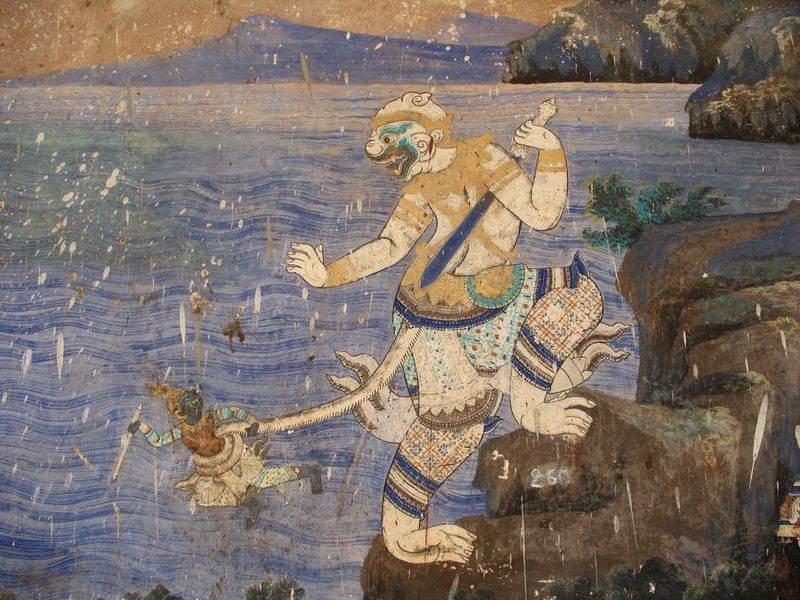
Applied Arts and Crafts
Cambodian culture has a very long tradition of a variety of applied arts and crafts such as weaving, lacquerware, and silversmithing. The practice of silk weaving dates back to as early as the 1st century and it was also practiced during the Khmer empire. Two main types of Cambodian weaving are ikat technique, complex patterned fabrics with tie-dyed portions of the weft yarn, and uneven twill created with single or two colour fabrics created with weaving three different threads. Textile weaving has seen a major revival in recent years. Cambodia is also known for its bamboo and reeds basket weaving usually employed for household use. The height of lacquerware in Cambodia was reached between the 12th and 16th century, but today has mainly faded into oblivion with very small efforts to revive it. The tradition of silversmithing can be seen through a variety of ancient items such as weaponry, coins, ceremonial objects or betel boxes. Celebrated silverwork was also produced during the colonial period, but this craft is today mainly popular for boxes, jewelry and souvenir items with intricate filigree.
As one of the important aspect of the Cambodian culture, traditional clothing is divided by the people’s different castes and social classes. The main fashion item that separates the Khmer from their neighbors is called ‘karma’, the scarf used for many purposes and a part of standard clothing under the Khmer Rouge. Cambodian cuisine shares many similarities with Thai, Vietnamese and Teochew cuisine such as the use of fish sauce and paste, the stir-fry technique and a variety of curry based dishes. Yet the distinctive Cambodian twist is the addition of local ingredients such as lemongrass, garlic, kaffir lime leaves, shallots and galangal. The coconut milk is one of the main ingredients of many Khmer curries and desserts.Pork broth rice noodle soup known as ka tieu is on of Cambodia’s most popular dishes.
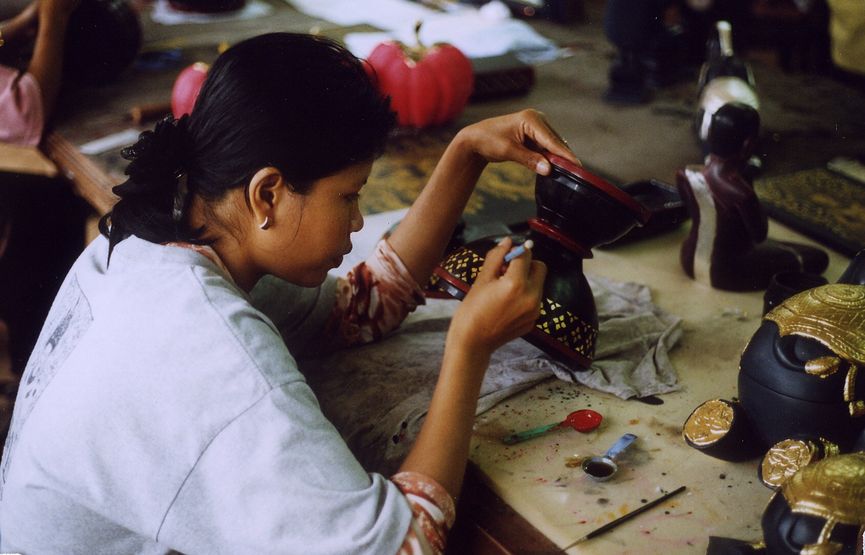
The Art During the Khmer Rouge Period
When the Khmer Rouge led by Pol Pot overthrew the Lon Nol government in 1975 and abolished monarchy, the life in Cambodia was turned into a living hell. During this reign of terror that lasted until 1979, the Cambodian population was systematically eliminated through execution or forced evacuation, but people were also dying from the disease, starvation, and brutal forced labor. The purpose of this movement was to create a new society with all of the past influences destroyed. Not only were millions of people killed, the Cambodian culture was also largely destroyed. Some arts were performed, but solely as propaganda for the ruling party. The University of Fine Arts that was the only arts university in Cambodia was closed and there was no formal schooling in art and artistry. Many artists were killed or and art production nearly ceased.
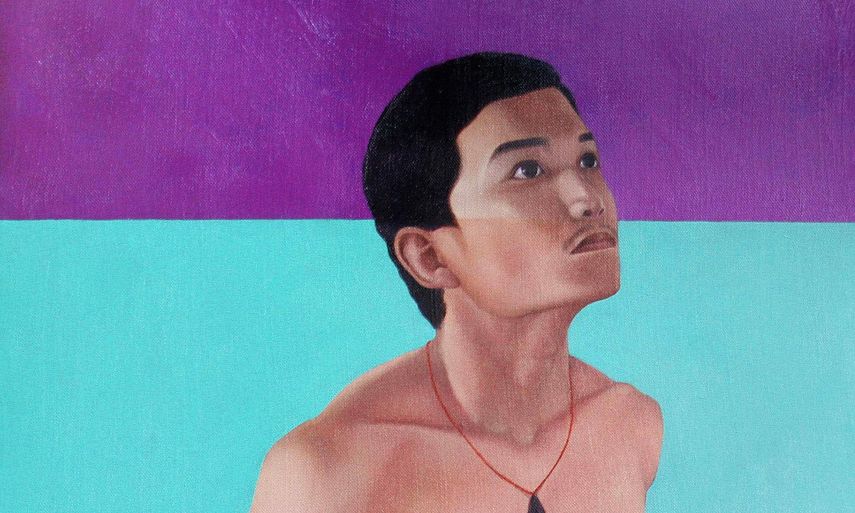
Cambodian Contemporary Art
Even though the tradition of modern Cambodian painting, drawing and sculpture was established in the late 1940s at the School of Cambodian Arts and various galleries opened in Phnom Penh during 1960s, all these efforts were practically destroyed during the Khmer Rouge regime. Decades of instability and conflict that followed also left a deep mark. After the fall of the Khmer Rouge, artists and professors returned to the University to rebuild arts training, but the government has also sponsored the education of young artists abroad. From 1990, the country has been investing widely into art in efforts to rebuild its artistic spirit. Although the influence of the Cambodian tradition, rich heritage and complicated past is still very present in a variety of artistic practices, the contemporary art scene in Cambodia is now slowly moving away from the ever-popular traditional mainstream to express its raw creativity. While the older generation struggled simply to survive, the new generation of artists feels freer and more daring.
The practice of the artist Chhim Sothy derives from the tradition but it also imbued with a contemporary expression. Among artists who have studied abroad during the 1980s are Phy Chan Than and Soeung Vannara who are currently professors at the Royal University of Fine Arts in Phnom Penh. The artist Leang Seckon combines ancient Khmer narratives with modern-day concerns, such as rapid development, environmental degradation and the shadow of Cambodia’s violent past. The artist Chhan Dina created sculptures and abstract paintings that have been widely exhibited all around the world paving a path for many Cambodia’s artists, especially women. Chath Piersath is one of the artists who have returned to their home country after the 1990s and he creates both large and small portraits of people from his memory, often representing the social and economic disparity among Cambodians. Contemporary artists such as Mao Soviet, Anida Yoeu Ali, Kim Hak, Sera and Srey Bandaul navigate sites of change, displacement, melancholy, identity and spirituality which speak to a Cambodia in transition.
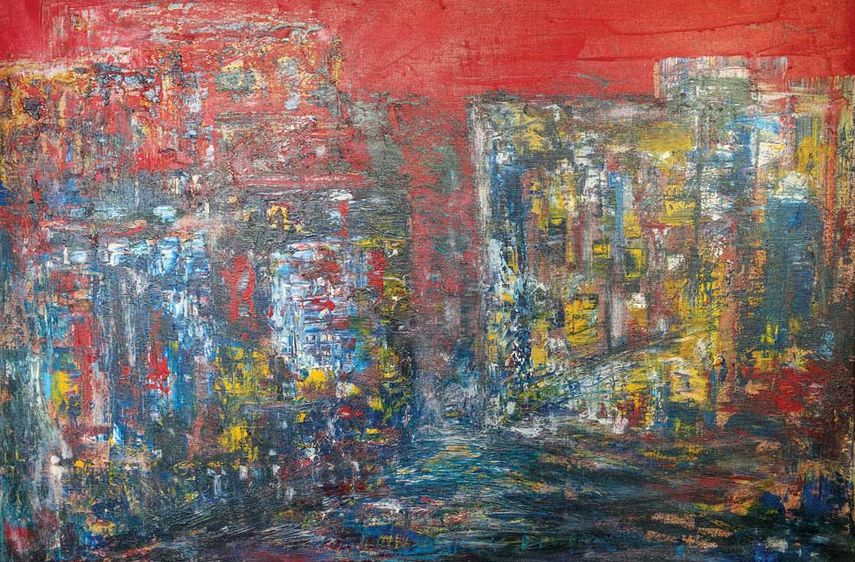
The Wind of Change
The new generation of artists draws its inspiration and vitality from the late-1990s. When the last Khmer Rouge surrendered in 1998, the hope started to rekindle in Cambodia. Cambodia is now witnessing an explosion of ideas and art forms. As the country is going through a cultural revival mostly coming from the capital Phnom Penh, many local artists are helping put Cambodia back on the map as one of the region’s contemporary cultural destinations. Artists are both bravely confronting their country’s violent past, but also introducing completely new expressions as subject matters slowly change. There is a number of contemporary art spaces such as Romeet, Sa Sa BASSAC, Institut Francais du Cambodge, Meta House, Teo+Namfah Gallery, Asasax Art Gallery and many more. The capital has also begun to host larger events such as the Tiger Translate Phnom Penh, one of a global series of events designated to give Asia artists a platform and opportunities to work with western creatives. The country that has been mostly known for its glorious past is now becoming an important artistic and cultural center of the region.
Featured images: Cambodian Mural. Captions, via Creative Commons; Cambodian Stone Carving. Captions, via Creative Commons. All images used for illustrative purposes only.
Can We Help?
Have a question or a technical issue? Want to learn more about our services to art dealers? Let us know and you'll hear from us within the next 24 hours.
